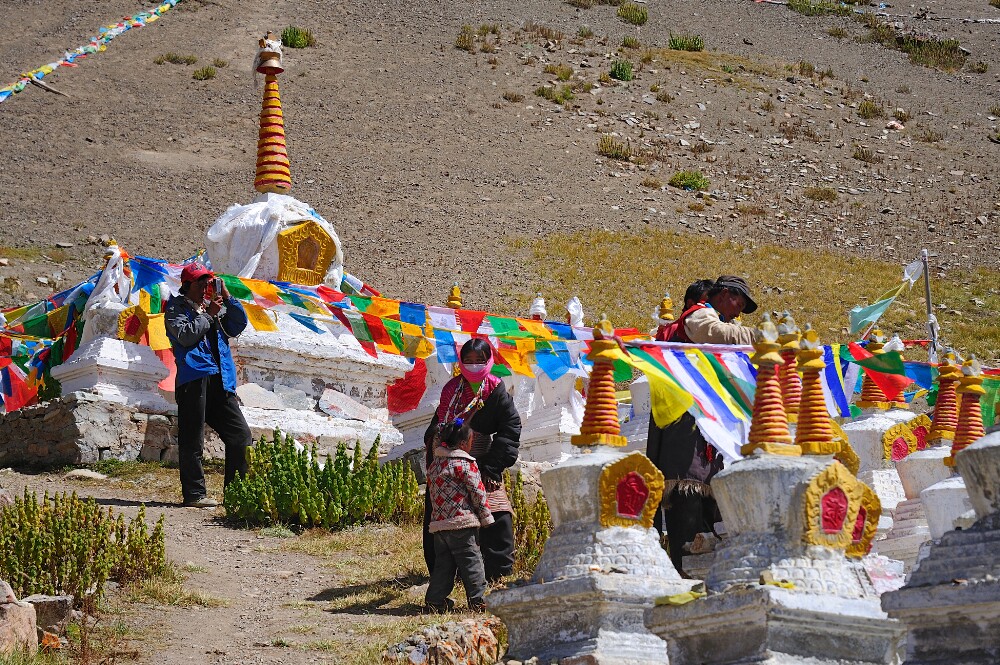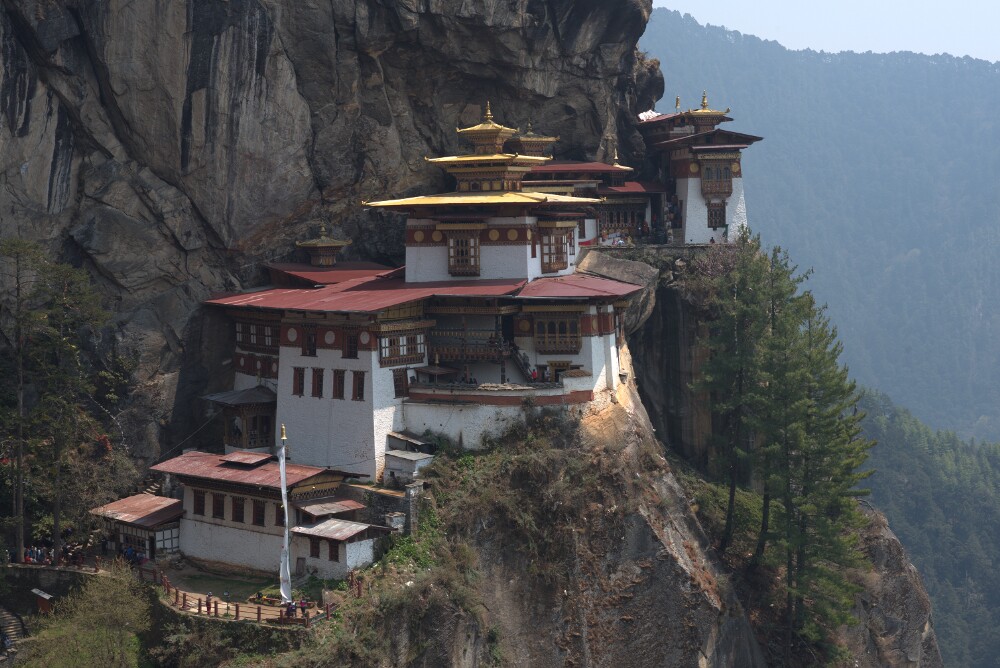Places
Presenting more than 21,000 places from the past-and-present Tibet and the Himalayas
 Learn About Places
Learn About Places
Places contain information about locations in Tibet and the Himalayas, including examples of cultural regions, cities, historical polities, monasteries and more. Each place includes rich data, like introductions, maps and related media, like audio and video, images or texts to help you understand the place and activities that transpire therein.

 Explore Places
Explore Places
Places contain information about locations in Tibet and the Himalayas, including examples of cultural regions, cities, historical polities, monasteries and more. Each place includes rich data, like introductions, maps and related media, like audio and video, images or texts to help you understand the place and activities that transpire therein.
Featured Collections by Places
 Jokhang
Jokhang
One of the most sacred sites in Tibet, the Tsuklakkhang (gtsug lag khang) is the heart of Lhasa, surrounded by the Barkor (bar skor) circumambulation route. The temple is also called the Jokhang (jo khang) because its central wooden structure houses the Jowo (jo bo), a statue of the young Buddha said to have been brought to Tibet by Wencheng, the Chinese wife of the Tibetan emperor Songtsen Gampo (srong btsan sgam po).
 Drepung Monastery
Drepung Monastery
A few miles west of Lhasa (lha sa), just above the village of Denbak (ldan bag) or Dampa (dam pa) and now just a suburb of the city, lies Drepung (’bras spungs, lit. “pile of rice”), which during the last century was the largest monastery in the world with as many as thirteen-thousand monks. Although this monastery has undergone difficult times, it is still an important institution, with majestic buildings in a grandiose setting.
 Larung Gar
Larung Gar
Technically a “religious encampment” but functionally a monastery, Larung Gar (bla rung sgar) is the largest Tibetan monastery to emerge in China following the Cultural Revolution. Led by the charismatic visionary Khenpo Jikmé Püntsok (mkhan po ‘jigs med phun tshogs), Larung Gar was established in an empty valley and underwent explosive growth from the 1980s onwards. Though ecumenical in many ways, the institution has had a strong Nyingma sectarian affiliation from its beginning.
Featured Places

 Samyé Monastery
Samyé Monastery
Considered to be the first Buddhist monastery in Tibet, Samyé was founded in the 7th century and is now occupied by a modern reconstruction.

 Ura
Ura
Located in eastern Bumthang district, the largely agrarian Ura valley has hosted several important Buddhist teachers of the Nyingma and Drukpa Kagyu traditions.
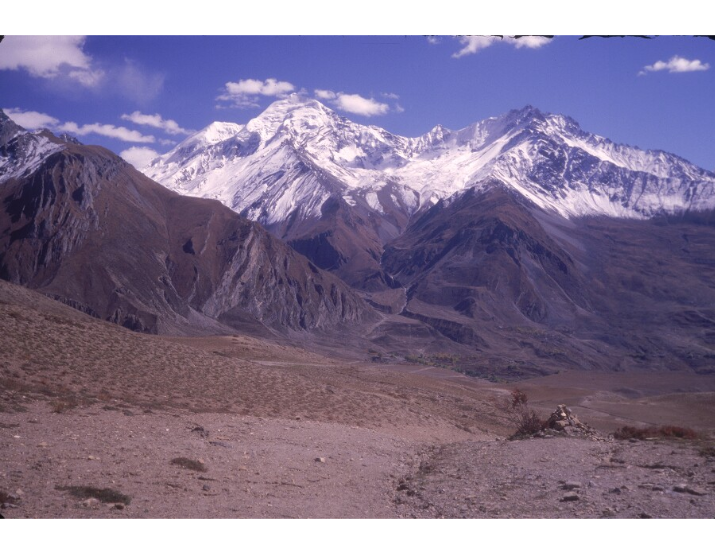
 Nepal
Nepal
The rich cultural and linguistic diversity of Nepal is reflected in its myriad contributions to regional history as well as the vibrancy of its lived present.
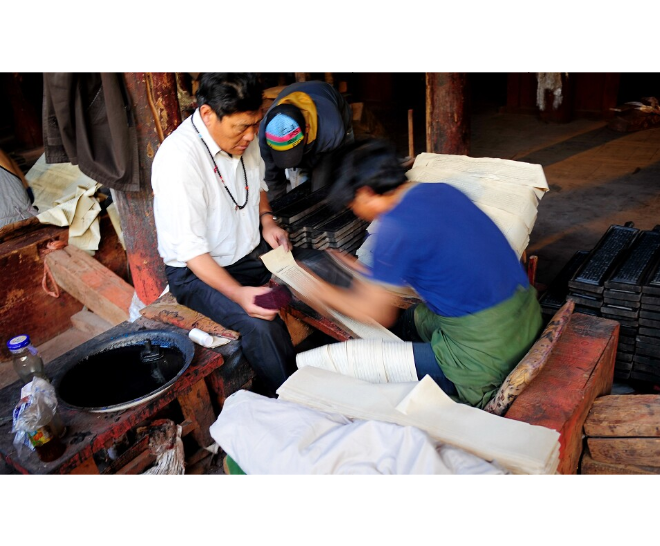
 Degé
Degé
For three centuries, Degé was one of the preeminent polities and cultural centers of cultural Kham, reflected today by the area’s many sites of learning and artistic production.
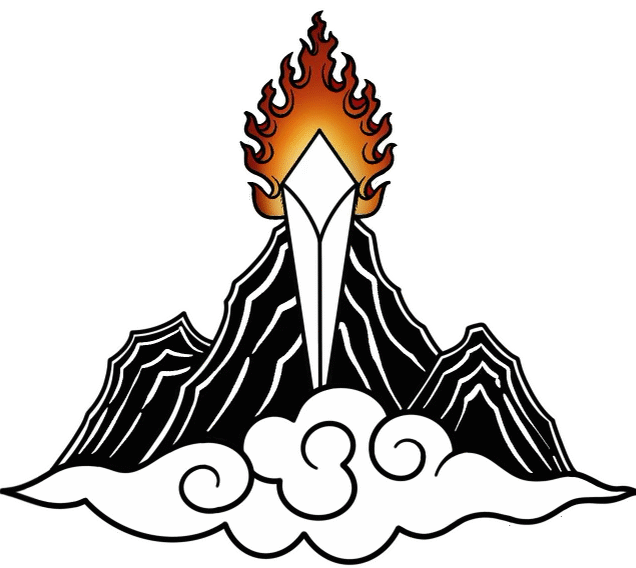

 1 Text
1 Text 130 Images
130 Images 10 Audio-Video
10 Audio-Video

